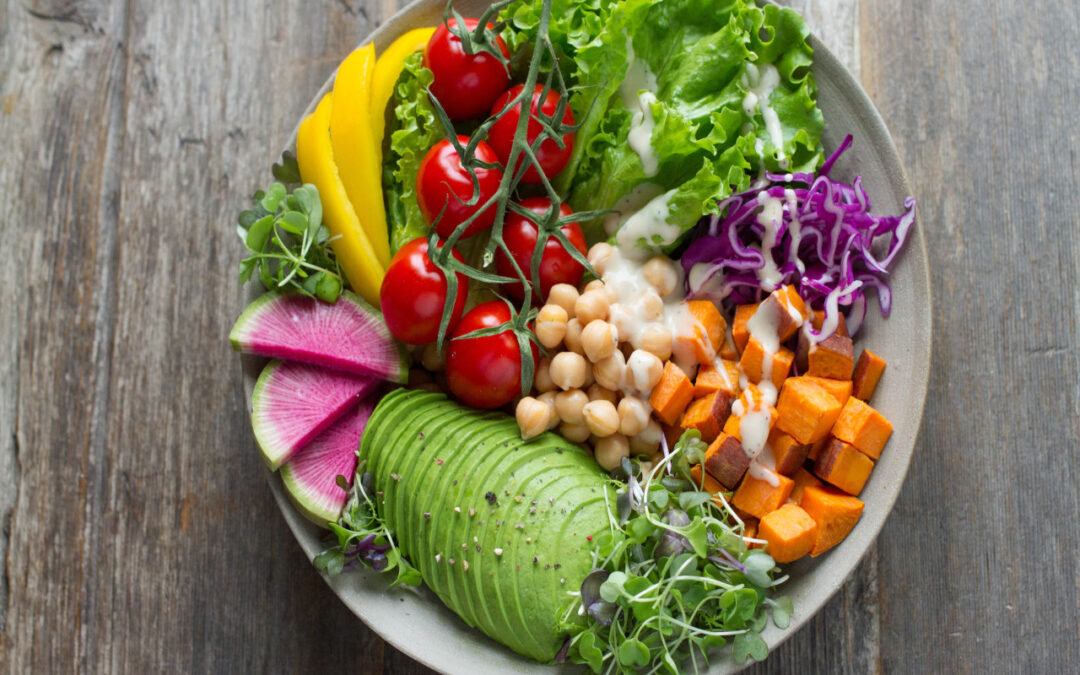Diverticulitis occurs when pockets in the wall of the intestine, called diverticula, become inflamed or infected. Sufferers of diverticulitis can find relief by following a diverticulitis diet. A low residue diet is recommended during the flare-up periods of diverticulitis to decrease the volume of the bowel so the infection may heal. An intake of fewer than 10 grams of fiber per day is generally considered a low residue diverticulitis diet. Treatment of diverticulitis depends on the severity of the symptoms and how often the attacks occur. Mild cases of diverticulitis may be treated with diet, rest, and antibiotics. Severe cases may eventually require surgery to remove the diseased portion of the colon.
A diet designed for diverticulitis patients should also focus on drinking plenty of water every day to enable the fiber to work its magic. Fiber works by absorbing water and increasing the soft and bulky waste in the colon. If the body does not get enough liquid to replace what is absorbed, fiber has the opposite result and leads to constipation. Until recently, many doctors suggested avoiding foods with small seeds such as tomatoes or strawberries because they believed that particles could lodge in the diverticula and cause inflammation. Foods such as nuts, popcorn hulls, sunflower, pumpkin, cucumbers, strawberries, and raspberries, including poppy seeds, are generally considered harmless.
The treatment needed for diverticulitis depends on how bad the symptoms are and whether an infection exists. In general, there is a small percentage of people whose condition will move from diverticulosis to diverticulitis. This disease is generally seen in almost half of all Americans over the age of 60, but it is diagnosed to a lesser degree to many who are in their 40s. The problem seems to increase with age as the weak areas of the colon continue to balloon out and result in pockets. Ballooning is caused by pressure, such as exertion when a person is constipated by lack of fiber in their diet or because of certain medications. It has also been attributed to some gallbladder surgeries that have positioned the gall duct to drip directly into the intestines after the gallbladder has been removed.
It is possible to minimize the effects of diverticulitis in those who have already developed the condition. Choosing to convert to a diet that is aimed to control diverticulitis later in life can have significant health benefits. The recommended amount of fiber everyone needs to maintain a healthy colon is generally between 20 and 35 grams of fiber every day. Adding foods like baked beans, brown rice, bran, oats, pears, and squash can easily provide the necessary fiber for anyone. Supplemental products can be ingested, which offer a valuable amount of fiber that is part of a diverticulitis diet treatment. For patients who already have developed colon problems, some foods should be restricted from the typical diet to avoid problems. This disease can be managed in many ways, diet being one of the easiest.


